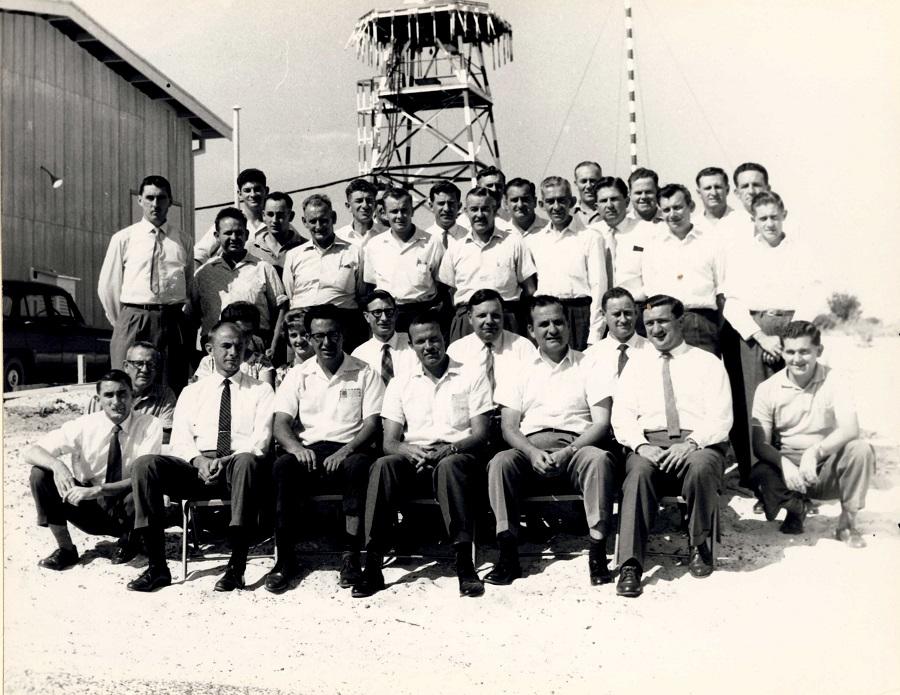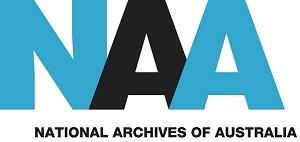Muchea, NASA and Project Mercury

When humankind's sights turned to space, a small town near Perth played a big role.
As NASA embarked on Project Mercury, which aimed to send a human into orbit and return them safely to Earth, the American space agency made an agreement with the Australian Government to build and operate tracking stations in the country. Muchea, about 50 kilometres north-east of Perth, was selected as the location for Tracking Station Number 8.
Muchea Tracking station opened March 1961. It was a command centre and played a role in all Project Mercury flights from Mercury-Atlas 4 (MA-4) to Mercury-Atlas 9 (MA-9). Muchea's most famous moment came in 1962 when John Glenn became the first American to orbit the Earth and reported seeing the lights of Perth from his orbiting craft Friendship 7.
Records held in the National Archives Western Australia Office indicate that during Glenn’s flight all systems at Muchea operated as expected and that 'in general all systems at this site were Fair Dinkum'.
Muchea was only in operation for a few years before it was closed in 1963 to make way for another Western Australian tracking station at Carnarvon. The location of Carnarvon was more suitable for upcoming Gemini and Apollo space programs. A small plaque was installed at the site of the former tracking station in Muchea, reading: 'This plaque is to mark the spot where an Australian first spoke to a space traveller'.
The National Archives of Australia holds a collection of records relating to both Muchea and Carnarvon tracking stations. These records can be found by searching the RecordSearch database, available at www.naa.gov.au.
